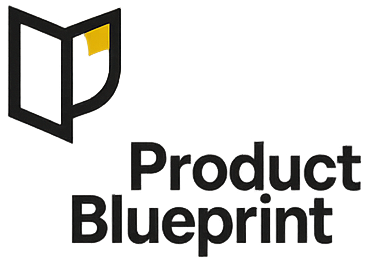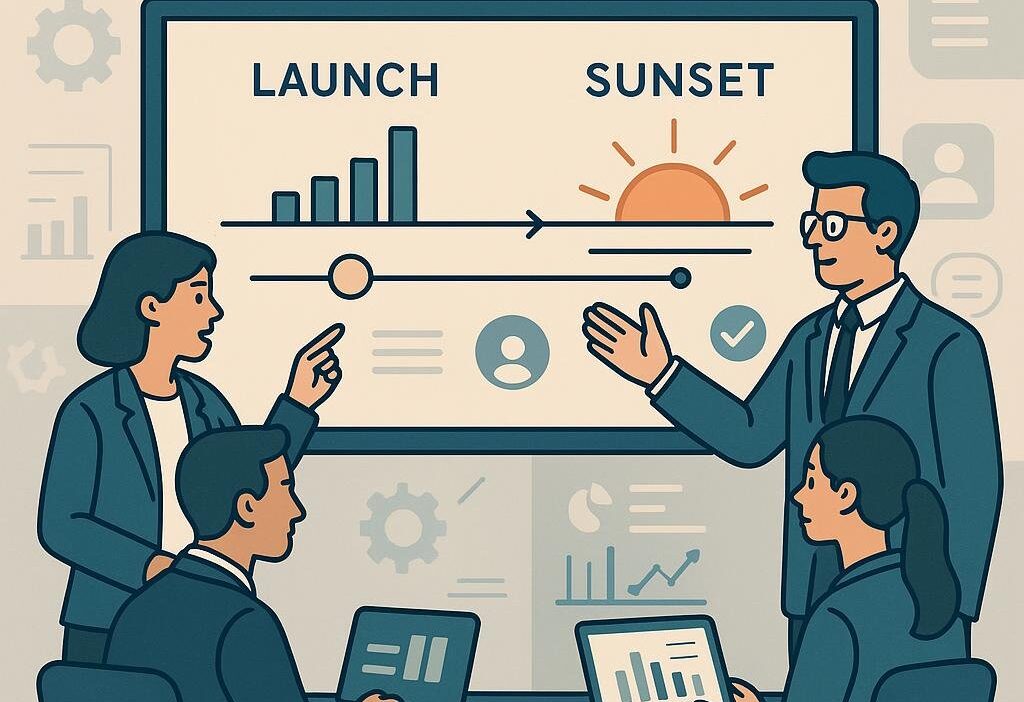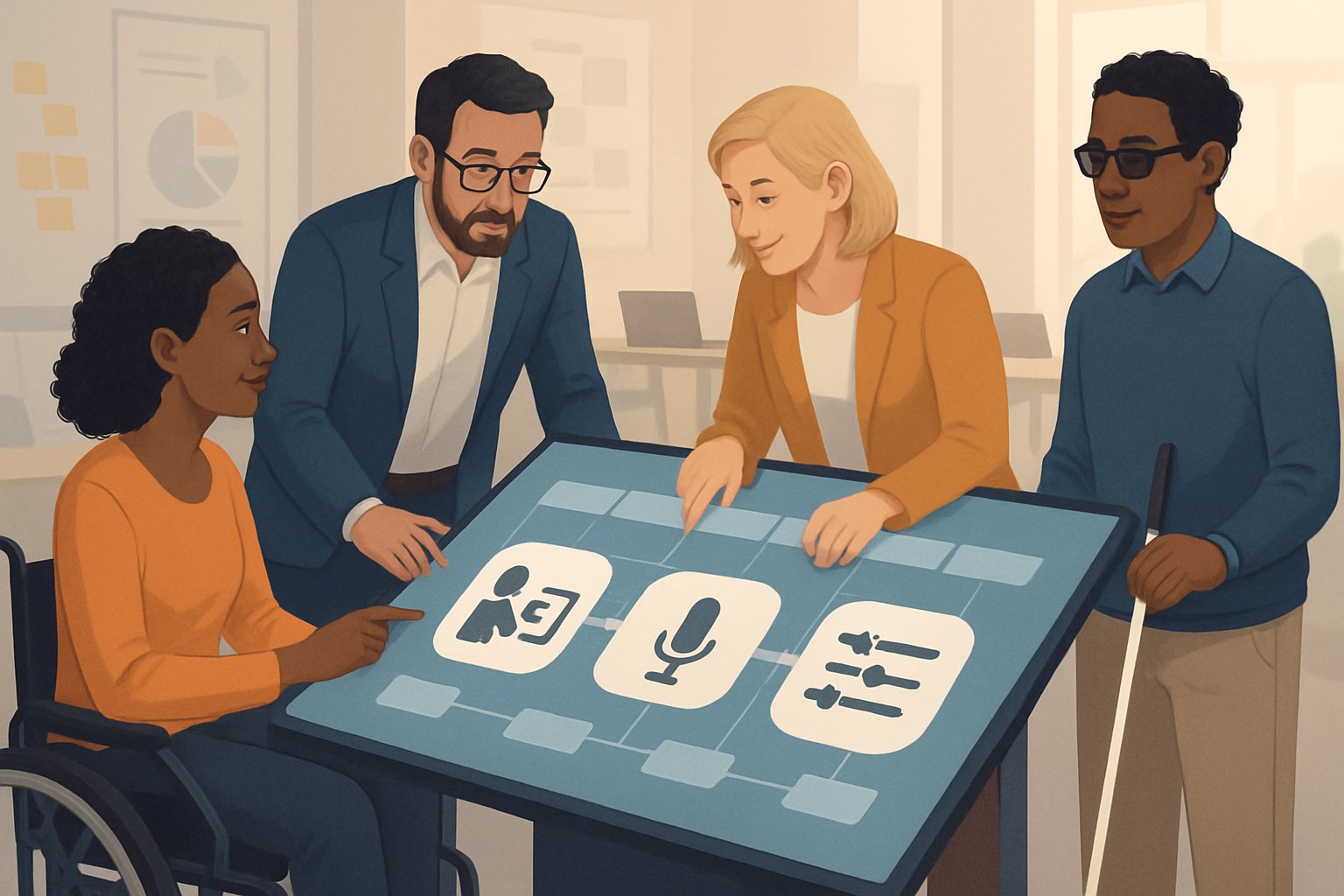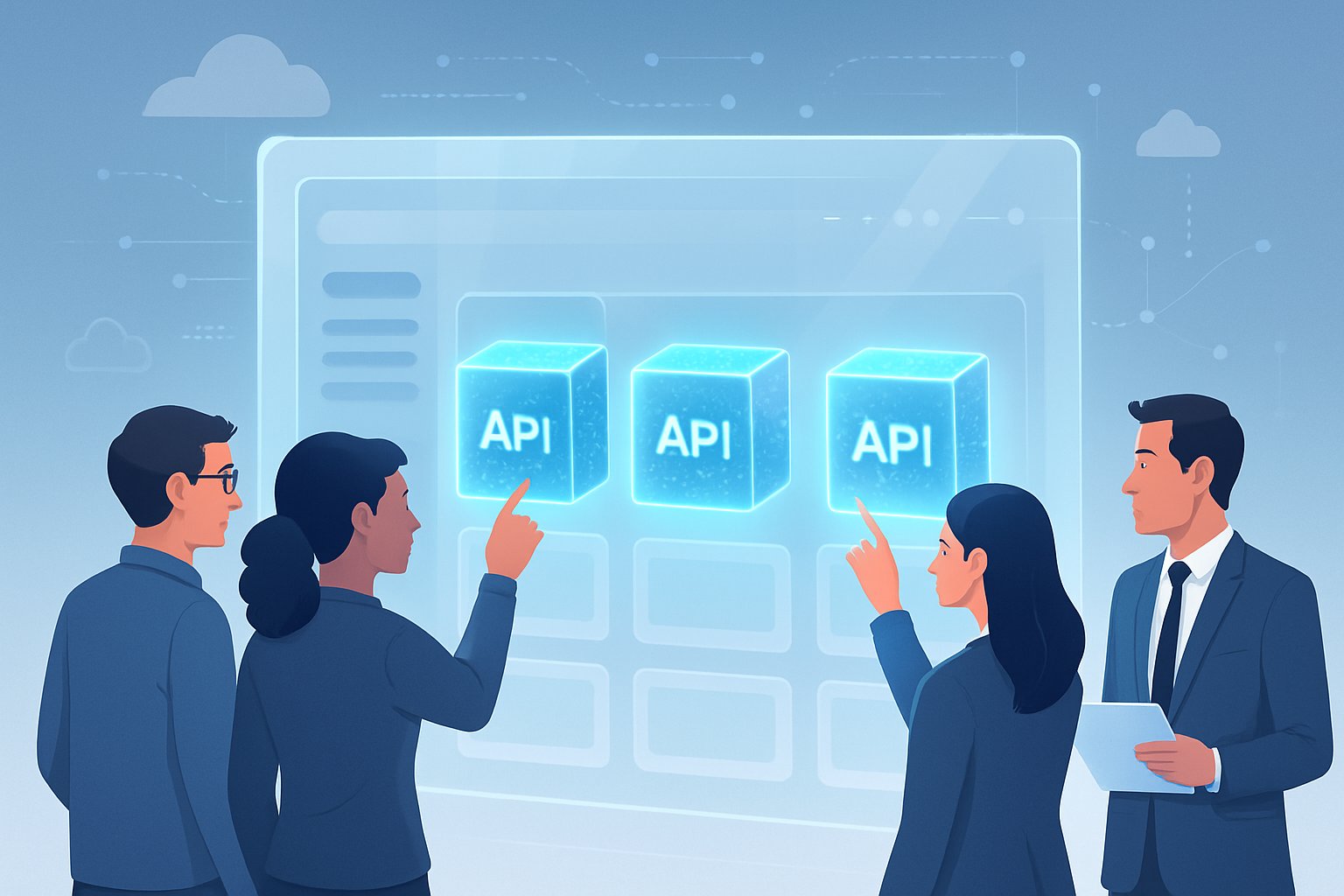I’ve worked on many startup products, including two Y Combinator teams. I know the passion it takes to ship. I also know most products won’t reach critical mass. Product development moves through familiar stages, and every startup team stumbles through them at some point. Most products launch with big dreams, but the market shifts fast and customer needs change, making lasting success trickier than most founders imagine.
Even when a company’s doing well, sometimes a product just needs to go. Sunsetting happens when technology outgrows old solutions or customers drift elsewhere, and it takes real planning to keep users happy and business goals intact.
1) reliability: fewer outages, more peace of mind
When we swap out old systems, we get rid of sneaky problems that cause crashes. Stakeholders enjoy steadier service without surprise downtime.
Customers get reliability they can trust. That’s a win for everyone, honestly.
2) security & compliance: protect data, pass audits
Modern platforms hand us up-to-date security controls right out of the box. We pick up SSO, MFA, strong encryption, and audit trails automatically.
With a simpler stack, we see lower risk and audits get a whole lot cleaner.
3) Better Support: Faster, Clearer Answers
Cutting down our product lineup lets support teams breathe. Fewer products mean less tangled training and easier-to-follow help guides.
Agents fix issues faster, sometimes on the first call. Customers appreciate getting quick, accurate answers—who wouldn’t?
4) Clearer Choices: You Know What to Pick
Too many similar products just confuse people. We take away options that overlap and muddy the waters.
This makes it easier for folks to decide. Customers spend less time comparing nearly identical products and more time getting what they actually need.
5) faster innovation: new capabilities sooner
We build features faster when teams focus on one thing at a time. Product managers skip the headache of repeating work across similar tools.
Integration features like APIs and analytics roll out quicker. Customers get the good stuff sooner because teams aren’t stretched thin.
6) Consistent User Experience: One Way to Do Things
When users see the same menus and language everywhere, they pick things up faster. Shared design systems cut down on confusion and mistakes.
Skills learned in one spot carry over to others. Familiar patterns make customers want to stick around.
7) Scalability: Ready When Customers Grow
Modern platforms scale up smoothly—no more weird workarounds. We deliver steady performance during busy market demand and handle big workloads without scrambling.
Capacity planning turns into straightforward engineering, not guesswork.
8) Lower Operational Risk: Fewer Surprises
Old components fail when we least expect it. They break down on their own timeline, not ours. When we remove aging parts, we take unknowns off the table. No more midnight vendor shutdowns. No more libraries we can’t patch. No more systems that only one person understands.
A good sunset is quiet, respectful, and intentional. It pairs honest reasoning with clear notice, migration help, and data portability. The goal isn’t to retire for its own sake, it’s to make what remains reliably excellent.
